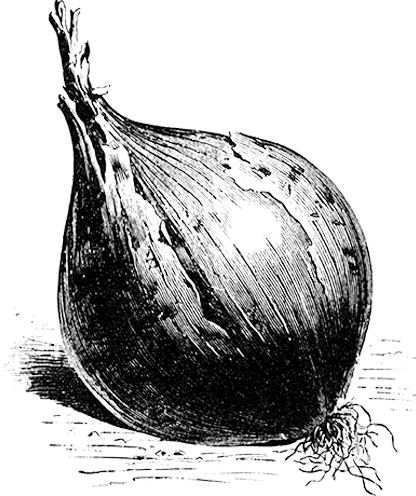Melon
Cucumis melo
The melon requires a bit of care, but rewards the work with lovely, sweet fruits. In a warm and protected spot, with plenty of water and nutrition, melons can grow well even in northern latitudes.
Originating in Armenia but improved on and named in America around 1850. This unique...
More info →Is one of the earliest melons for outdoors- and green house planting. It yields a little...
More info →Is the original French melon, ancestor of numerous more modern hybrid sorts. The fruit is...
More info →Is a very early water melon yielding a decent harvest even outdoors in Southern Sweden on...
More info →Was one of the most commonly grown kinds during the 1900s in both Market gardens and...
More info →History
The melon is grown, several variants, all over the world today. C. melo var. reticulates is our common netted melon while the smooth and ridged melon is called C. melo var. cantalupensis. The so called winter melon or casaba C. melo var. inodorus is mostly grown in Asia. It lacks the aroma of the ripe melon.
Like other members of the cucumber family the melon is annual with deeply cut hand-like leaves, yellow flowers (sometimes carrying both sexes) and juicy fruits.
Melons are, together with cucumbers, pumpkins, marrows, squashes and gourds, the most commonly grown crops of the gourd family.

